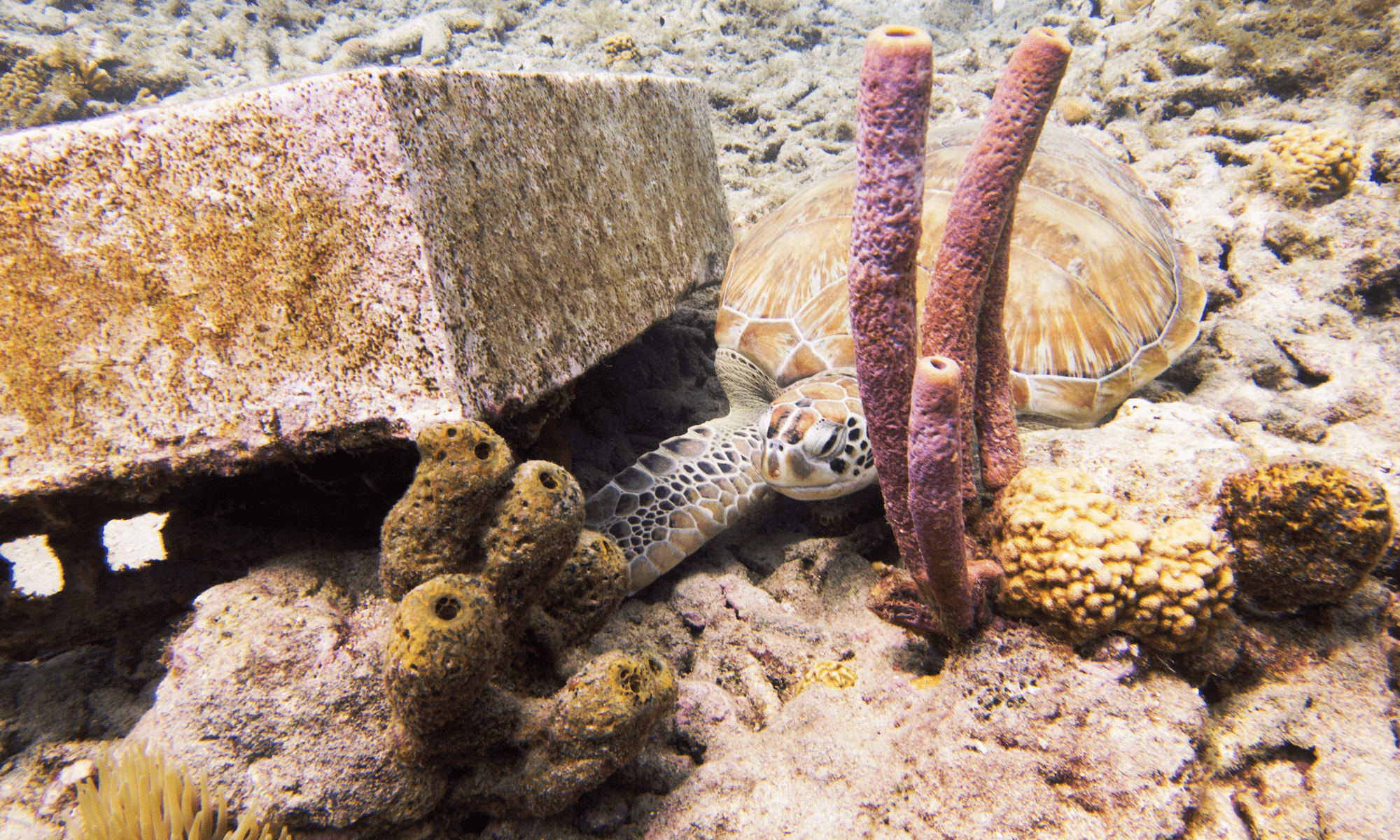TANK
Buying a used tank is probably the easiest purchase you can make. You should only purchase tanks that have been recently certified or that have not gone to long after their certification.
Usually buying used tanks from Dive shops will be the safest and they would or should only sell tanks that are still within their service period. They will be more banged up but likely still usable for many years.
Always make sure the valve can easily open and close and is not damaged. Also make sure that there are no visible cracks or dents in the tank.
What you need to make sure is that the tank has its last inspection stamped onto it. If the date passed the inspection that you need to get it visually inspected and pressure tested.
All of the above can be taken care of at our Service center in Curacao.
Another tip :
Personally i would only purchase a used scuba tank if its reasonably pressurized, if there is absolutely no air in the scuba-tank i would be extremely cautious about it and would certainly have to get it re-certified and visually checked.
Or worst yet , if you noticed they left the valve open you can be certain they might have to sell you that scuba-tank for almost free.
The chances of moisture and rust building up inside the tank just got higher.
Buying a used Regulator?
Carry a scuba tank with you when inspecting your used Regulator.
Take some time to check the hoses for cracks and make sure the regulator’s purge buttons work properly.
It would be difficult to test much more of it because of time but always ask when the regulator was last serviced.
If they can’t remember that is a bad sign.
Research the brand before hand and make sure service centers in your area can service that brand and model or if they carry service kits.
Wether it was recently serviced or not, ALWAYS get it checked at a dive service center. Dive Wederfoort can do that inspection for you. And we can let you know if it urgently needs to be serviced or not.
But we recommend to just get it serviced completely for peace of mind. then you can establish your own service intervals.
Contact us today if you have more questions about buying used gear.
Bring your scuba diving gear to our Service center for inspection.
